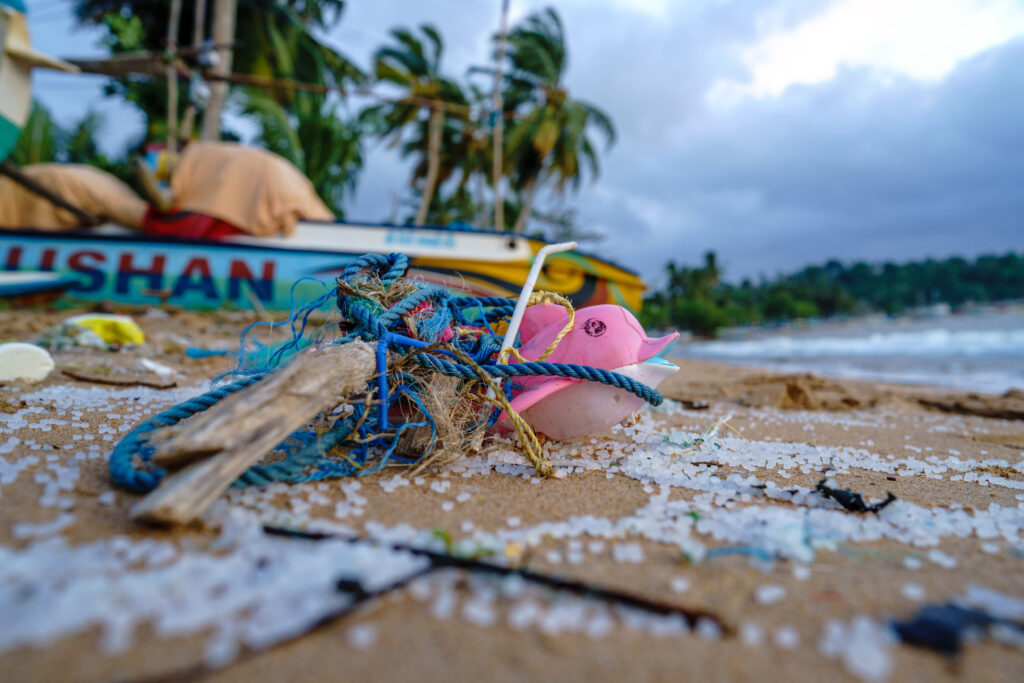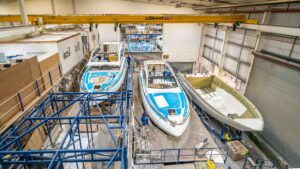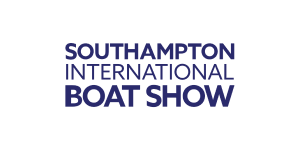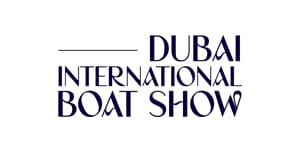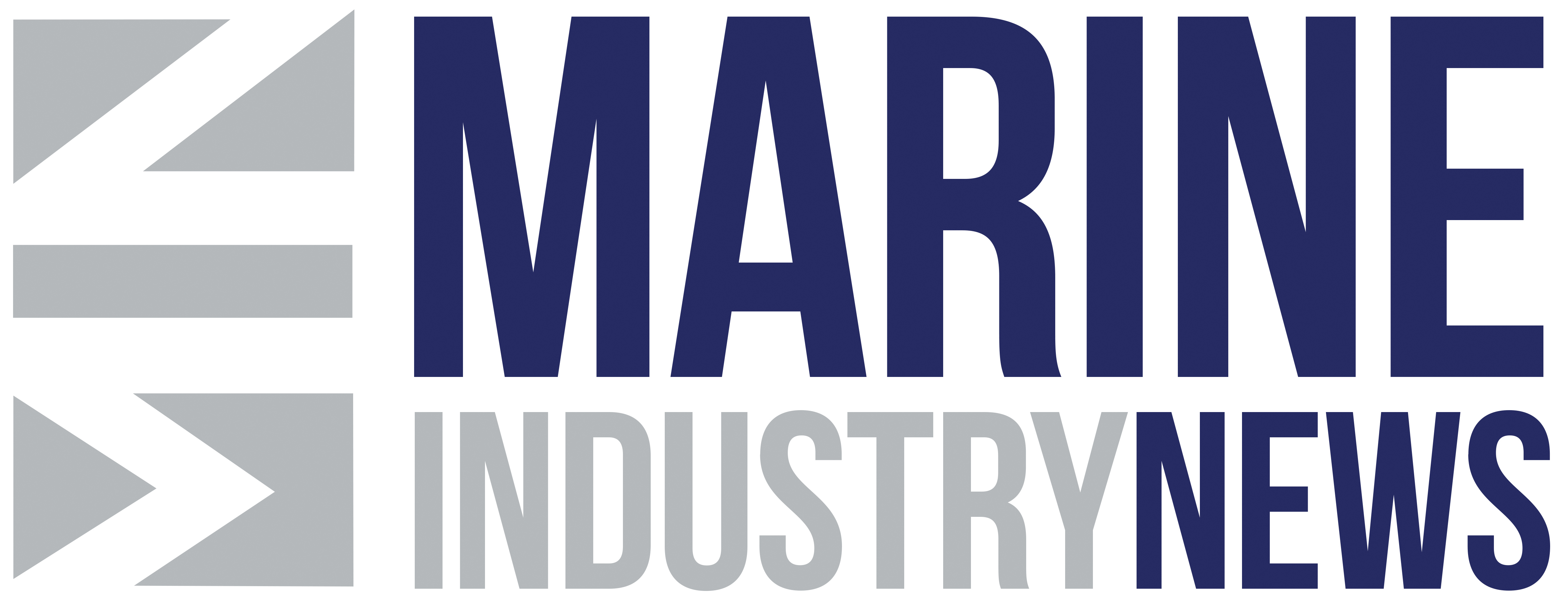Plastic pollution impacts UK coast after North Sea collision
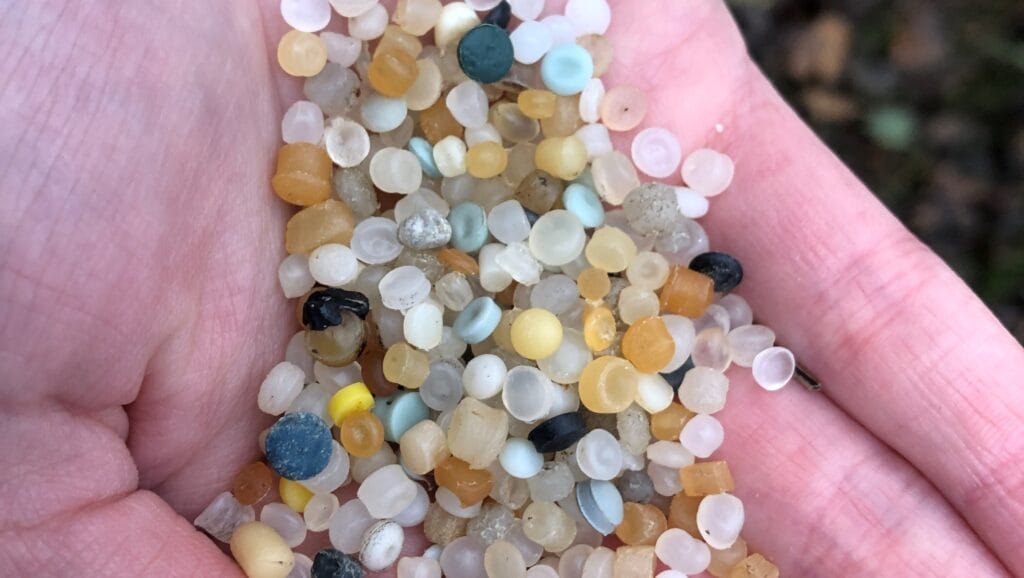 Nurdles found previously in Scarborough. Image courtesy of Ana Cowie.
Nurdles found previously in Scarborough. Image courtesy of Ana Cowie.
Burnt material and plastic pellets, also known as nurdles, have washed up along the UK’s east coast following last week’s collision in the North Sea raising environmental concerns.
According to modelling by the Maritime & Coastguard Agency, the pollution originated from the collision between the Stena Immaculate and Solong in the North Sea on 10 March 2025.
The captain of the Portuguese-flagged container ship Solong has been arrested on suspicion of gross negligence manslaughter after the collision with the US-flagged tanker Stena Immaculate, which was carrying 220,000 barrels of jet fuel for the US military, triggering fires and explosions. One crew member of the Solong is missing and presumed dead. The Marine Accident Investigation Branch (MAIB) is trying to establish the cause of the crash.
The nurdles — balls of plastic resin used in plastics production — and other pollution were released into the sea in the early days of the incident. Lincolnshire Wildlife Trust and Norfolk Wildlife Trust staff are now working with the relevant authorities to remove the material from the sea and collect it from the shore.
Nurdles resemble eggs or small crustacea, and can be mistaken for food by wildlife such as birds. Surveys have recorded and mapped four patches of nurdles on the UK east coast since the incident last week. While these patches are relatively small, the trusts say they remain a concern. Vessels have been deployed to recover pollutants from the sea, and coordinated efforts are underway to remove material that reaches the shore, including at Holme Dune National Nature Reserve.
“We’re very concerned about the nurdles and burnt material that is adrift at sea as well as being washed up along The Wash and the Norfolk coast following the tanker collision last week – and we will continue to support the authorities in their efforts to clean up the pollution,” says Tammy Smalley, head of conservation at Lincolnshire Wildlife Trust.
The Wash is a large inlet that stretches from just south of Skegness, in Lincolnshire, to a point near Hunstanton, in Norfolk.
Smalley adds: “If seabirds eat nurdles they can die from choking or starvation. At this time of the year there is also the risk that the birds return to their nests and feed the nurdles to their chicks. The plastic may also work its way up the food chain to larger marine mammals, which feed on fish or smaller animals that have eaten nurdles.
“Nurdles are small plastic pellets and one of the largest sources of microplastic pollution at sea – once they’re released into the waves they’re very hard to clear up. We already have a huge problem with plastic pollution along the coast of the North Sea and our volunteers spend hours dealing with this laborious task.
“Unfortunately, the risks posed by nurdles increase when other pollutants become stuck to them. We urge members of the public to report nurdle sightings but to avoid touching them as they may have toxic pollutants stuck to them.”
The pollution is reminiscent of other environmental disasters involving nurdles.
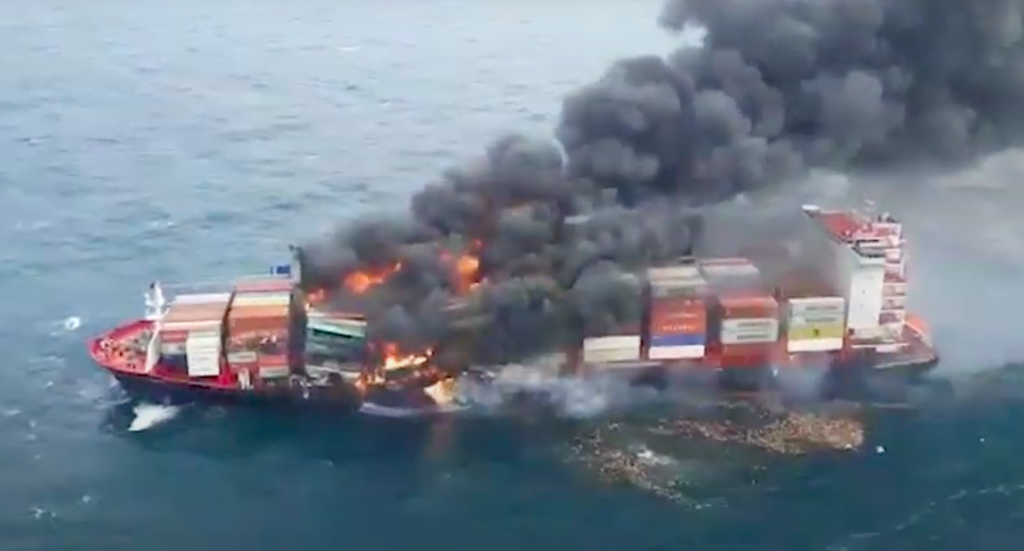
The X-Press Pearl disaster, in which a cargo ship carrying chemicals caught on fire off the coast of Sri Lanka in May 2021, resulted in the spillage of an estimated 70 billion nurdles into the ocean, causing huge environmental damage.
In December 2024, the Liberia-registered Toconao, chartered by the shipping firm Maersk, lost six containers while sailing around 80km off northern Portugal. One of the six containers held over 1,000 sacks of plastic ‘nurdles’, causing millions of plastic pellets to spill from ship.
The public are advised not to touch any material found. Sightings should be reported by calling 999 and requesting HM Coastguard, providing the location during this emergency response period. If possible, the what3words app can be used to provide precise location details.
The Wildlife Trusts will continue working with environmental bodies and the relevant authorities to assess risks to wildlife in the coming days.
